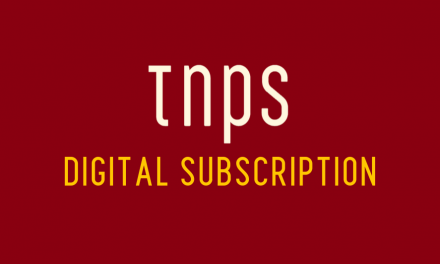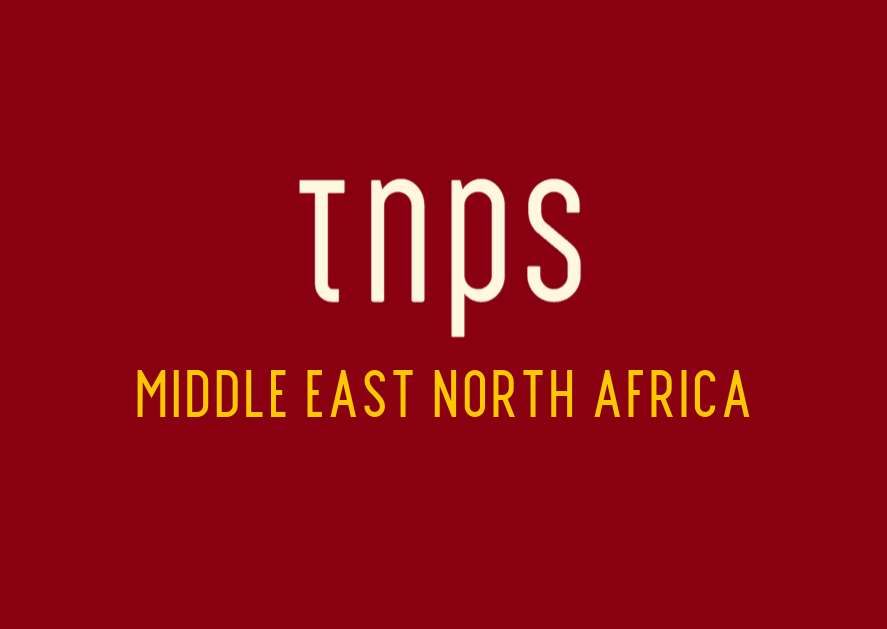The books publishers churn out can help or hinder literacy.
48 million adult Americans struggle to read. How is this even possible in the richest country on the planet?
In his 1962 State of the Union address, President John F. Kennedy talked about millions of “functionally illiterate” adult Americans.
Fast forward 2022, sixty tears on, and the number is 48 million, or 23% of the adult US population.
Publishers must share the blame.
The books publishers churn out can help or hinder literacy. But there are worryingly few books printed for literacy-challenged adults to catch up on their failed school years, and the prices are invariably the same as for books aimed at competent readers who likely have higher earning power.
Likewise there are far too few books aimed at the less-confident teen readers offering appropriately mature teen-adult storylines with English suited to a lower grade reader.
The nearest we come usually are ESL books, which are written for ESL readers, not poorly-educated native English-speakers.
Challenged literacy invariably means a challenged vocabulary, which means may of those unable to read will not easily follow audiobooks, least of all those which are simply out-loud readings of a printed text.
If publishers invest more in addressing teen and adult illiteracy the rewards will follow in time.
ProPublica has an in depth look at the challenges of adult literacy in the United States.





Thanks for the referral to the outstanding ProPublica article.
Also keep up your wonderful coverage of the International Book Fairs.
Thanks for all you do.